2
Automox and ManageEngine are two of the most prominent solutions in the field of endpoint management, and each provides a unique set of benefits. Providing a user-friendly interface that is ideal for enterprises of all sizes, Automox is a company that specialises in providing complete patch management, configuration control, and compliance enforcement applications. ManageEngine, on the other hand, offers a set of tools that are specifically designed for businesses who are looking for integrated solutions.
These products include patch management, software deployment, endpoint security, and IT asset management. ManageEngine provides a wider variety of features for businesses that require comprehensive endpoint management capabilities, in contrast to Automox, which has a greater emphasis on ease of use and potential for expansion. Within the ever-changing environment of endpoint management and cybersecurity, the decision between them is determined by the particular organisational demands, goals, and features that are sought.
Automox vs ManageEngine Comparison Table
ManageEngine and Automox are essential for endpoint management, although they focus on distinct aspects of the process. The simplicity and scalability of Automox are exceptional, making it an ideal choice for tiny to medium-sized enterprises that place an emphasis on automated patch administration.
| Specification | Automox | ManageEngine |
|---|---|---|
| Patch Management | Comprehensive patch management | Patch management, software deployment, endpoint security, IT asset management |
| Configuration Control | Yes | Yes |
| Compliance Enforcement | Yes | Yes |
| Endpoint Visibility | Limited | Yes |
| Automation | Yes | Yes |
| Integration | Integrates with various third-party tools | Integrates with various third-party tools |
| Scalability | Scalable for small to large enterprises | Scalable for enterprises of all sizes |
| User Interface | Intuitive dashboard | User-friendly interface |
| visit website | visit website |
Automox vs ManageEngine: Security Features
Automox is equipped with sophisticated security mechanisms that are intentionally designed to protect endpoints from ever developing threats. A real-time threat detection system, antivirus protection, firewall administration, and compliance management tools are all included in its full security package. By utilising AI-driven algorithms, Automox is able to detect and mitigate security vulnerabilities in a proactive manner, so assuring the highest possible level of endpoint protection.
ManageEngine, on the other hand, incorporates a broad variety of security capabilities, such as vulnerability assessment, endpoint encryption, and identity and access management, among others. Both of these systems place an emphasis on security, but Automox stands out due to its focus on automation and artificial intelligence-driven threat detection.
Automox vs ManageEngine: Patch Management Capabilities
The automatic patch scanning, deployment, and verification capabilities that Automox possesses allows it to perform exceptionally well in patch management. On the basis of severity levels, it prioritises key patches and guarantees that timely updates are implemented in order to mitigate vulnerabilities. In addition, Automox provides cross-platform patching for endpoints running Windows, macOS, and Linux, which simplifies patch administration across a variety of settings.
ManageEngine, on the other hand, offers comprehensive patch management solutions that include things like patch testing, scheduling, and rollback capabilities. In spite of the fact that both systems provide extensive patch management capabilities, Automox has an advantage over its competitors due to its automation and support for several platforms.
Automox vs ManageEngine: Remote Management Tools

Administrators of information technology have access to advanced remote management solutions provided by Automox. These technologies enable administrators to remotely install software, execute maintenance activities, and resolve problems. Remote scripting capabilities automate repetitive operations across numerous endpoints, while its remote control capability enables seamless desktop access.
Both of these features are included in this product. In a similar vein, ManageEngine offers a variety of remote management features, including remote desktop sharing, remote command execution, and file transfer. There are comprehensive remote administration capabilities offered by both solutions; but, the automation and scripting tools offered by Automox bring about increased efficiency and streamline IT operations.
Automox vs ManageEngine: Customer Support
The professional customer assistance that Automox provides is available through a variety of methods, including chat help, phone support, and email support. In order to efficiently address client concerns and problems, the company’s support team is filled with qualified individuals that provide fast assistance and guidance. Furthermore, Automox provides its users with a rich knowledge base as well as training materials to ensure their empowerment.
At the other end of the spectrum, ManageEngine offers customer support by email, telephone, and an online ticketing system. Despite the fact that both solutions provide responsive customer service, the additional resources and personalised assistance that Automox provides make the overall customer experience more satisfying.
Which is better?
Automox and ManageEngine are dependent on the particular requirements of the organisation. Easy to use, scalable, and intuitive patch management are three areas in which Automox shines, making it an excellent choice for enterprises of any size. ManageEngine provides a comprehensive suite that includes patch management, software deployment, endpoint security, and IT asset management.
This suite is suitable for businesses that are looking for integrated solutions. ManageEngine offers a wider variety of functionality for businesses that require complete endpoint management capabilities, in contrast to Automox, which has a greater emphasis on user-friendliness and the streamlining of patch administration. In the end, the decision is determined by a number of criteria, including the size of the organisation, the requirements for security, and the functions that are desired within the ever-changing environment of endpoint management and cybersecurity.
Automox: The good and The bad
The user interface of Automox is intuitive, and it performs really well when it comes to remote patching and remote access to endpoints.
The Good
- Comprehensive patch management
- Configuration control
The Bad
- Limited endpoint visibility
ManageEngine: The good and The bad
The performance of Password Manager Pro has been impeccable. Its responsiveness, solid security features, and seamless integration are all impressive.
The Good
- Endpoint visibility
- User-friendly interface
The Bad
- Complexity may be overwhelming for smaller organizations
Questions and Answers
What is the purpose of Automox?
Automox is an endpoint management system that is easy to use, light, and flexible. It can patch, configure, and handle any endpoint at any time and from anywhere. You don’t need old tools like patch servers (or any hardware), VPN connections that are hard to use, or different options for each OS platform when you use Automox.
Is Automox cloud based?
Automox is a cloud-based endpoint management tool, so it doesn’t need any local hardware to be maintained. This means you can spend more time and energy on real work.
You Might Be Interested In
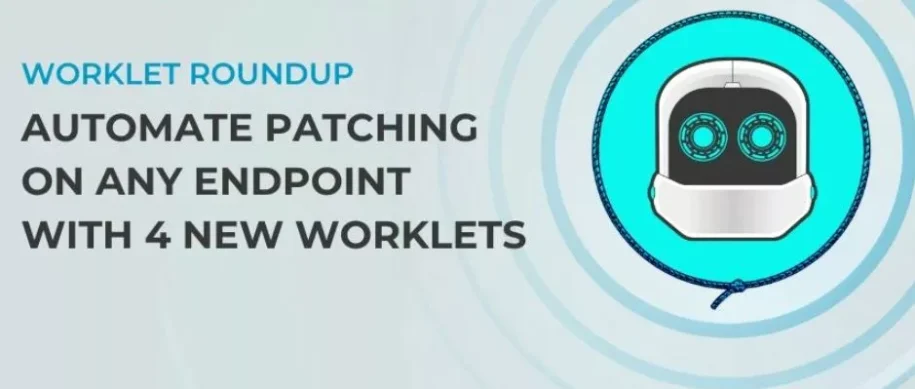
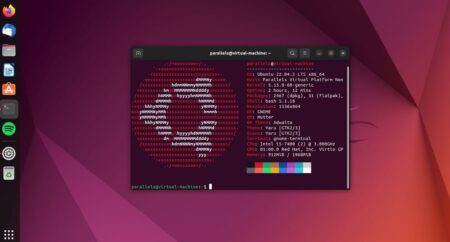
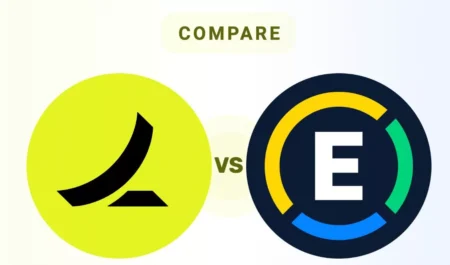




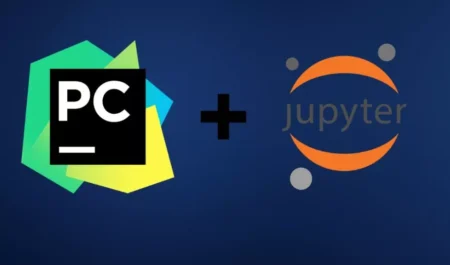
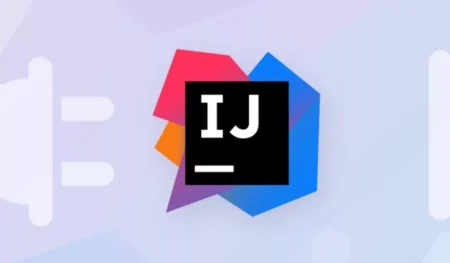

Leave a Reply